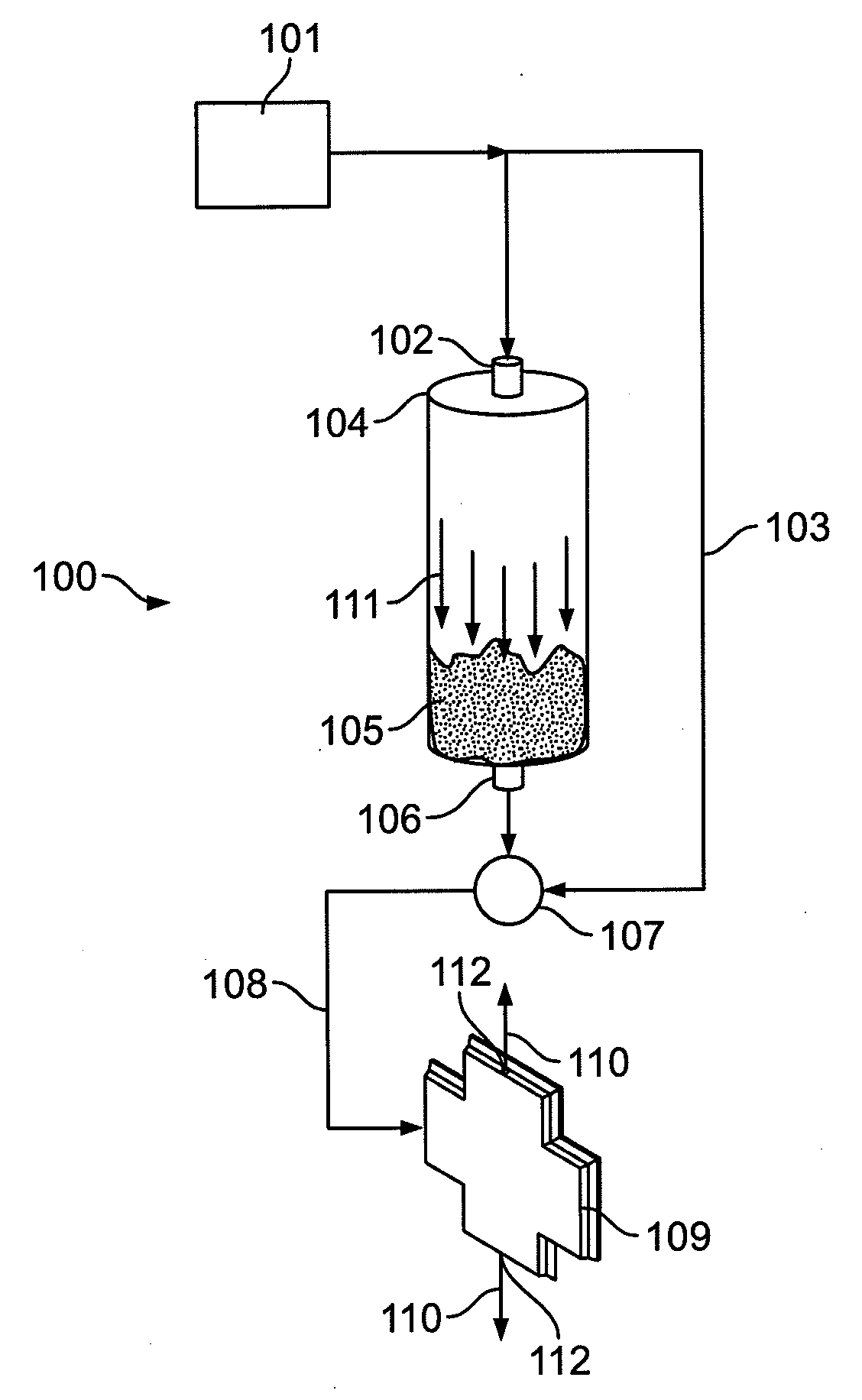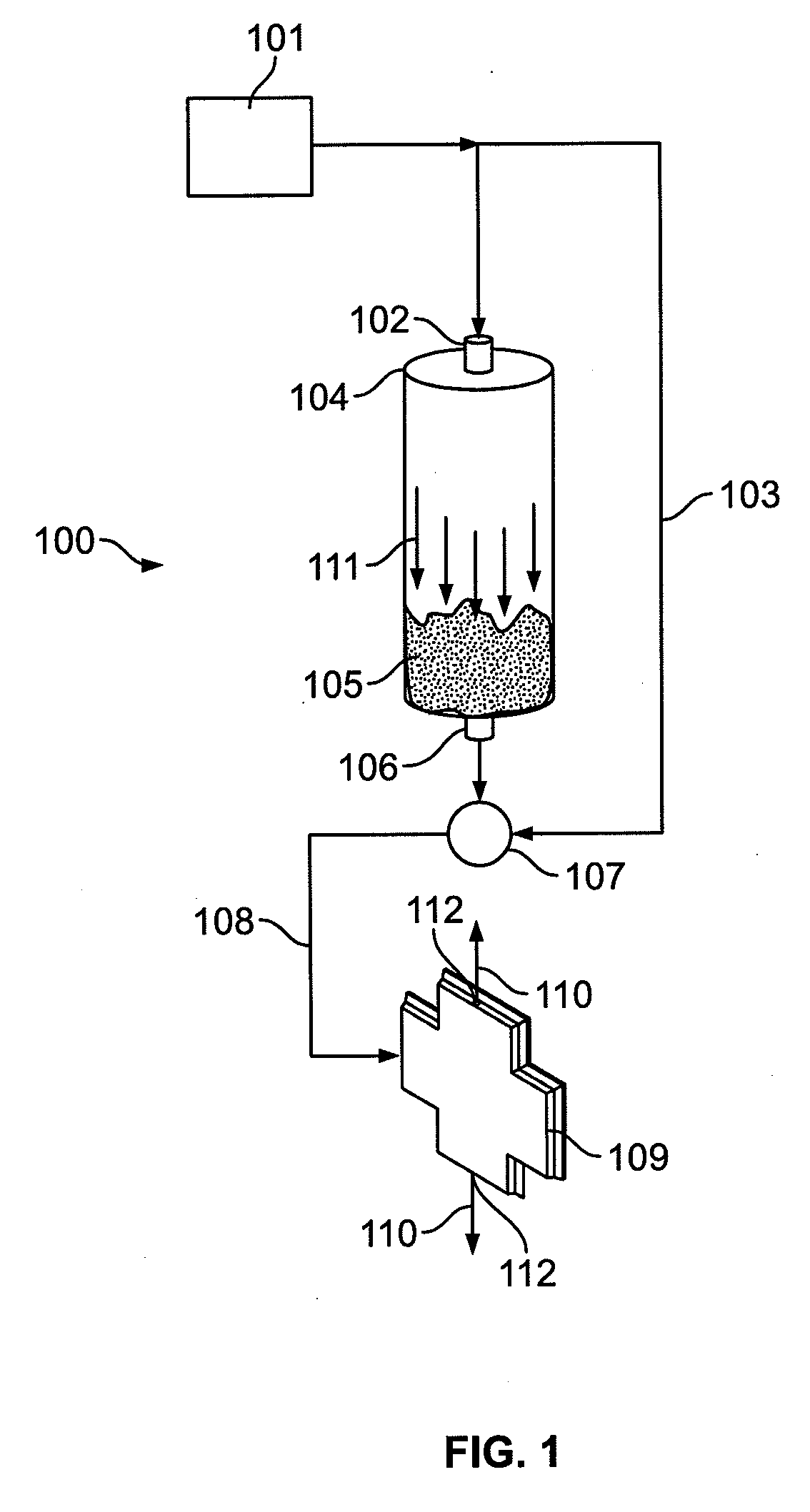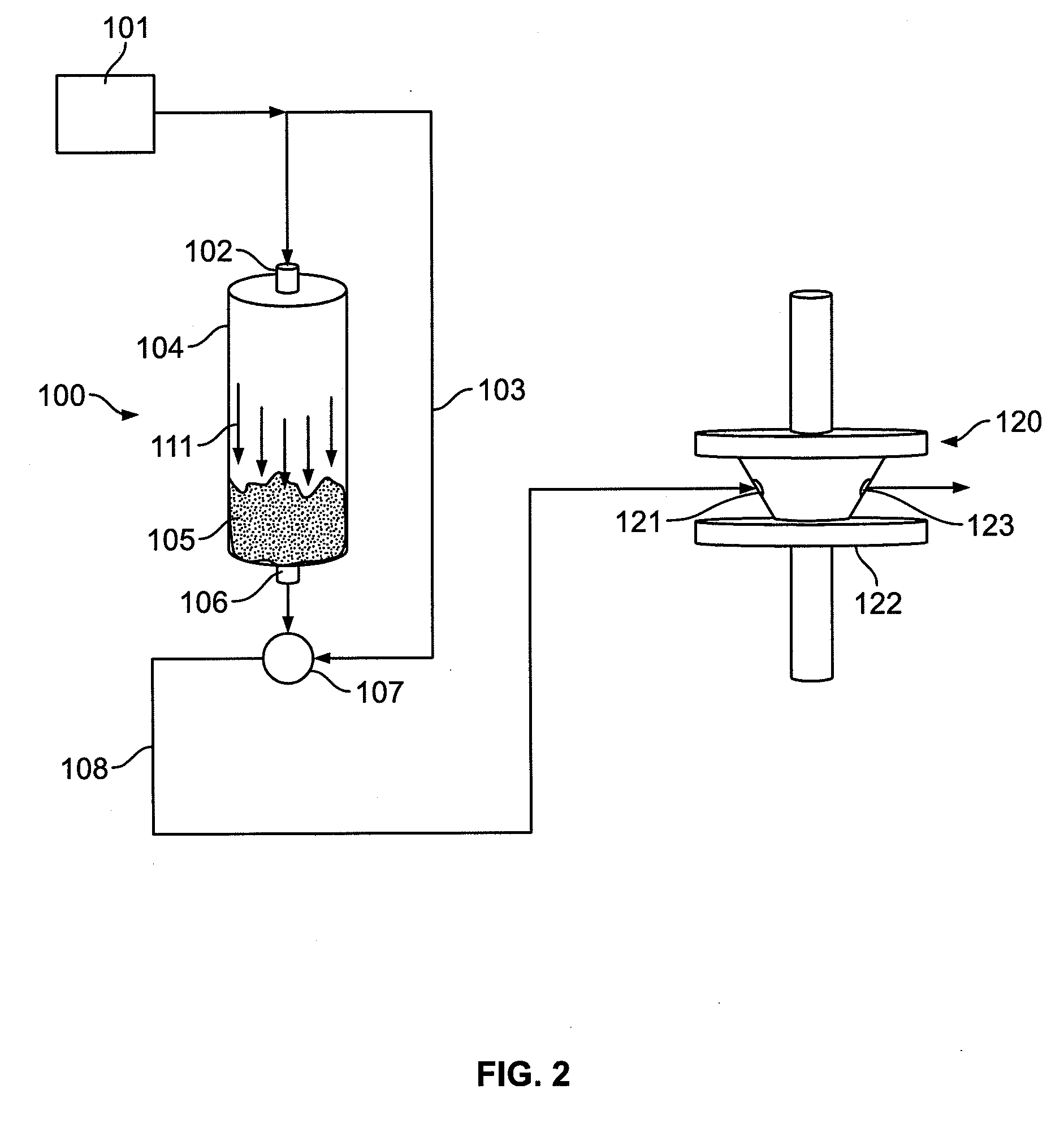Aggregate-based mandrels for composite part production and composite part production methods
a technology of aggregate-based mandrels and composite parts, which is applied in the direction of shaping conveyors, solid waste management, climate sustainability, etc., can solve the problems of complex and expensive tooling that is required for their fabrication, the initial limitation of composite components to secondary structures, and the complexity of performance requirements. , to achieve the effect of easy drying/curing, high precision and fast production of aggregate-based mandrels
- Summary
- Abstract
- Description
- Claims
- Application Information
AI Technical Summary
Benefits of technology
Problems solved by technology
Method used
Image
Examples
example
[0069]In one example, an air duct was created utilizing a bisphenol / epichlorohydrin-based impregnated woven carbon fiber pre-preg. A seamless air duct was formed by first producing an injection tool with the desired part shape machined into a splittable cavity. The tool was constructed to be ported to allow the carrier fluid to escape as needed. A binder / aggregate mixture was made by combining 80% cenosphere aggregate, 3% PVP, 3% sodium silicate (40 Baum) and 14% water. A green mandrel was then produced through injection of an aggregate / binder mixture into the carrier chamber under injection pressures of around 50 psi, with the carrier fluid being exhausted into environment. An acid gas (CO2) was then passed into the tool cavity to partially harden the mandrel, under gas pressures of 40 psi or more, to ensure maximum contact with the mandrel. After 30 seconds of gassing, the tool cavity was split open and the mandrel ejected. The partially-hardened mandrel was then post-cured in a m...
PUM
| Property | Measurement | Unit |
|---|---|---|
| Fraction | aaaaa | aaaaa |
| Fraction | aaaaa | aaaaa |
| Fraction | aaaaa | aaaaa |
Abstract
Description
Claims
Application Information
 Login to View More
Login to View More - R&D
- Intellectual Property
- Life Sciences
- Materials
- Tech Scout
- Unparalleled Data Quality
- Higher Quality Content
- 60% Fewer Hallucinations
Browse by: Latest US Patents, China's latest patents, Technical Efficacy Thesaurus, Application Domain, Technology Topic, Popular Technical Reports.
© 2025 PatSnap. All rights reserved.Legal|Privacy policy|Modern Slavery Act Transparency Statement|Sitemap|About US| Contact US: help@patsnap.com



